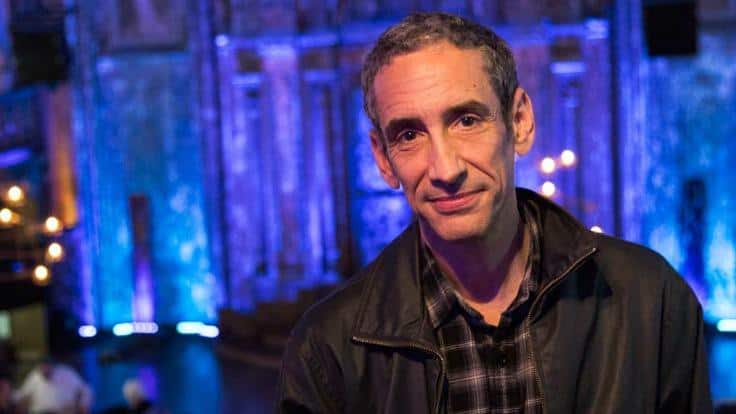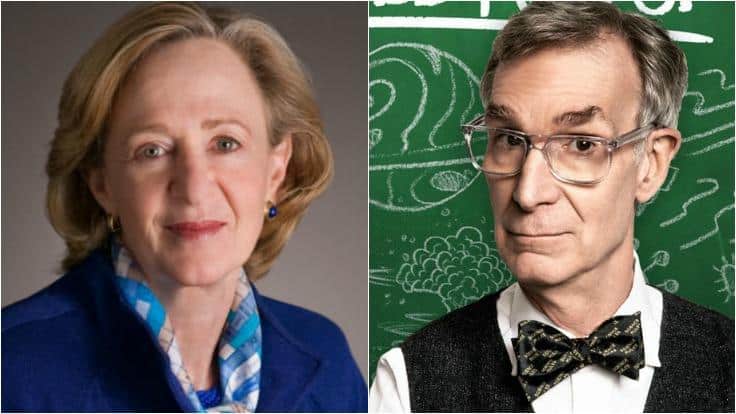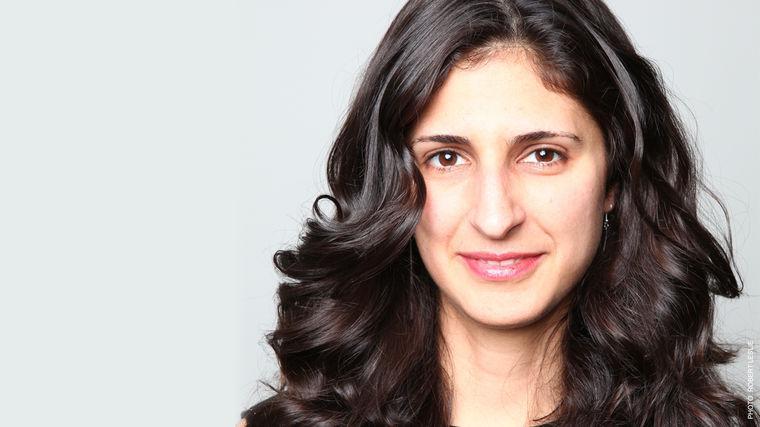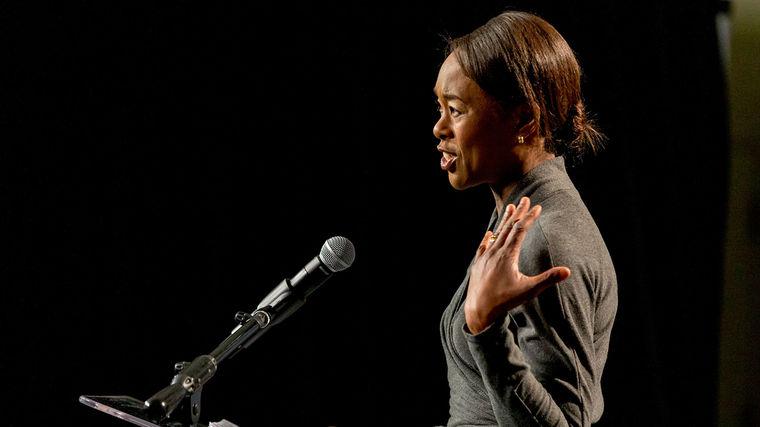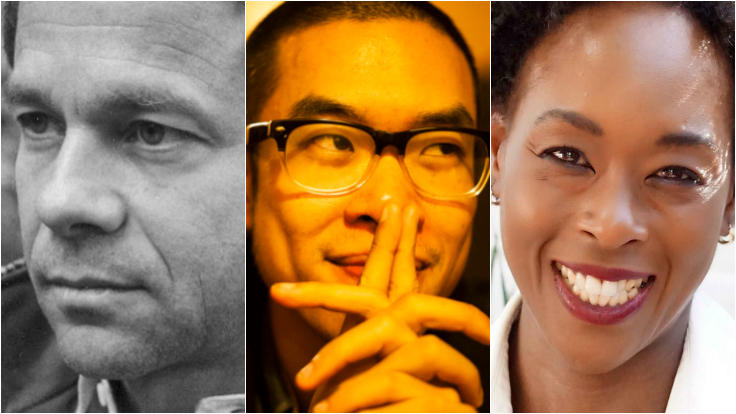The author, philosopher and futurist Douglas Rushkoff just announced his latest project: a four-part docuseries called Exponential, where he will lead viewers on a journey from the beginning of the digital age through to its manifestation today—and what it could look like tomorrow.
The series, ordered by European culture broadcaster Arte, will focus on the transformation of the digital economy. Host Rushkoff will share how big business is changing the digital world and how we interact with it—and each other. Starting with the inception of the internet, he’ll explore how our increased connectivity has impacted consumerism, and what we can do to get back on course to a more human-centric future.
Of the project, Rushkoff says, “For the past 25 years, I’ve watched as the tremendous potential of the digital age was surrendered to the mindless pursuit of exponential growth. Everyone–and I mean everyone from cab drivers to parents to journalists to teenagers–is ready to see the story of how this unfolded, who is responsible, and what we can still do about it.”
Rushkoff is the author of fifteen bestselling books, including Throwing Rocks at the Google Bus, Program Or Be Programmed, and Team Human. He is also the host of popular podcast Team Human, and was named one of the world’s 10 most influential thinkers by MIT.
Exponential will be produced and represented for international distribution by LA’s Submarine, and France’s Pumpernickel Films.
